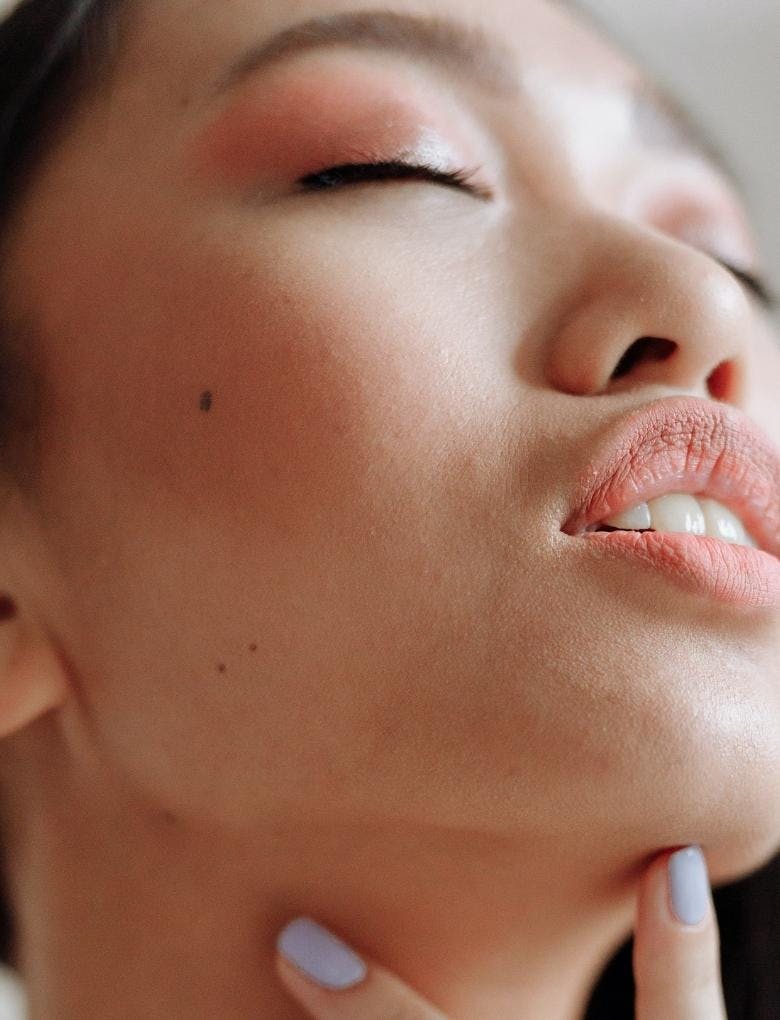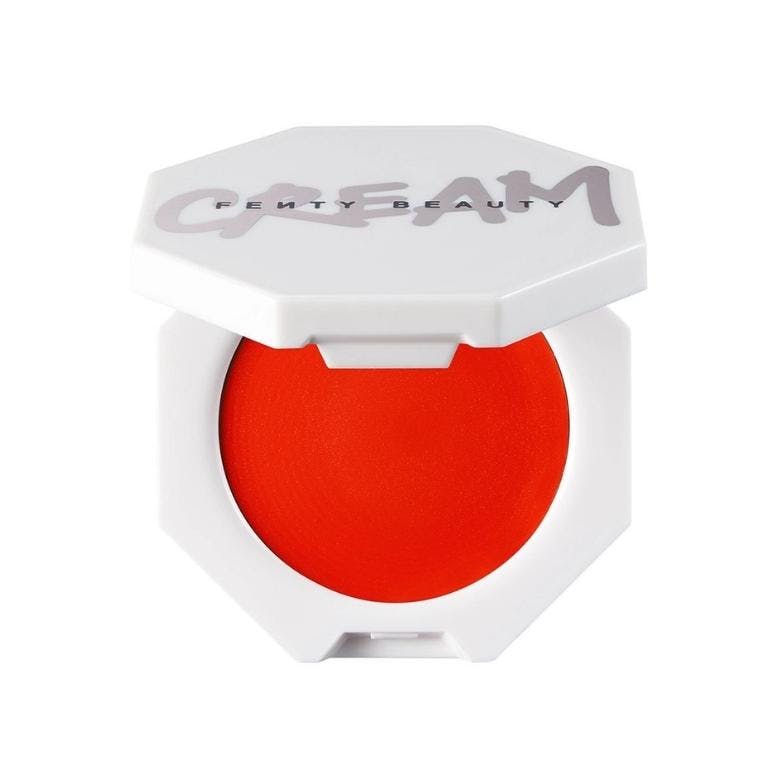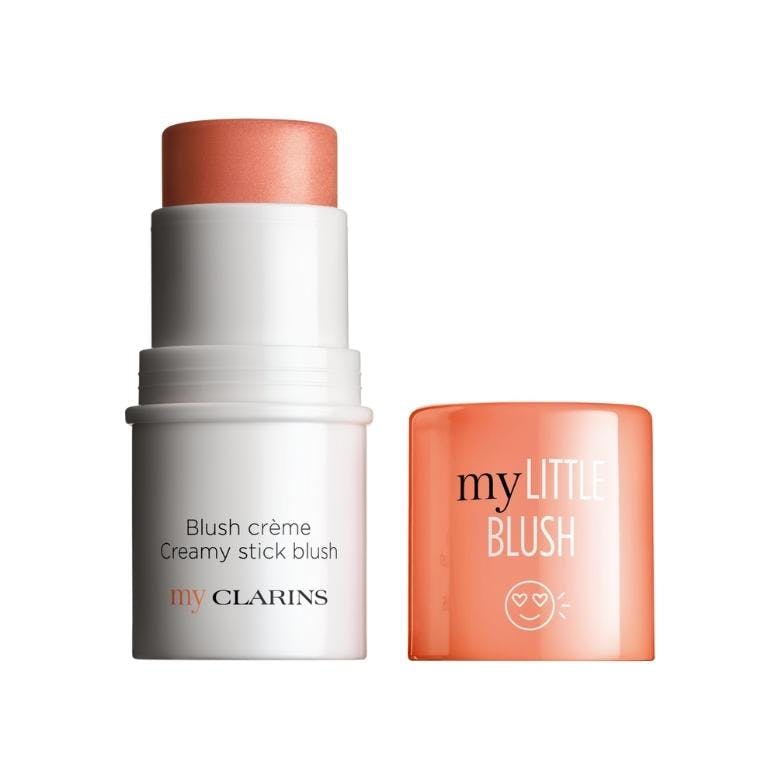The Best Blush Colours For Every Skin Tone
4 minutes read
When it comes to blush colours, what works for someone else, may not always work for you. It’s easy to blindly follow a friend’s product recommendation if it’s about an eyeliner or a mascara. Shades of blusher, on the other hand, translate differently on different skin tones.
A soft pink blush that someone with a lighter skin tone swears by may look ashy on you, and the bright coral shade every influencer seems to love may clash with your skin tone. So, we recommend taking any external advice with a pinch of salt. Instead, take time to understand your skin tone and test different shades to find out the right ones for you. If you’re confused, we’re here to help.

How to decide if a colour suits you
If you love how a colour looks on you, that’s your answer: it suits you! And you shouldn’t let anyone else tell you otherwise.
On the other hand, if you’re struggling to find shades that look right on your skin tone, here’s what you should know:
“The first step is always to understand what undertone is prevalent in your skin,” says London-based make-up artist Tamara Tott. “We have cool (pink), warm (yellow/golden) and olive undertones. Some people can have both and therefore classify as neutral undertone. Neutral undertones equally suit warm and cool shades.”
If you are unsure about your undertone, read: How to find your undertone
Similarly, Charlotte McHale, Clarins Training Manager says, “If you want a natural-looking blush, work with your skin’s undertone and find the shade that matches the colour of your naturally flushed cheeks!”
Want to experiment with a broader variety of shades? McHale offers simple suggestions for the different undertones:
- If you are naturally a cool tone, work with pinks and purples.
- For warmer skin tones that lean toward yellow, golden, honeyed etc, then choose peaches, corals and oranges.
- If you’re a neutral undertone, you can play with colour and see what suits you best.
The best blush colours for dark skin tones
“The deeper the skin tone, the deeper the shade of blusher should be,” says Tott. Look for formulas that are richly pigmented, but also blend with ease.
Tott loves berry tones and deep purples for dark skin tones. “Sometimes, a sheer layer of red also looks great,” she says, recommending blue-toned reds for cool undertones and warmer crimsons for golden undertones.
Try: The Joli Blush in 04 Cheeky Purple, £27 creates a beautiful mauvy flush and the Fenty Beauty Cheeks Out Freestyle Cream Blush in Daiquiri Dip, £21 is ideal if you’re looking for a creamy crimson option.

The best blush colours for medium skin tones
If you have a medium skin tone, opt for apricots and mid-tone pinks, but ensure they don’t drift into pastel territory. Any shade with too much white in it risks looking ashy.
“Olive skin looks great in warm apricots and deep peach colours,” says Tott. “However, some pinks will also go well with olive undertones. That’s because based on colour theory, opposite colours complement each other – red vs green, in this case.”
Try: The Honest Beauty Crème Cheek Blush in Peony Pink, £17 and the My Clarins Little Blush in 02 Peach Vibes, £16 are both great picks for medium and olive skin tones.

The best blush colours for fair skin tones
“Pale, cool shades work well on fair skin with pink undertones,” advises Tott. Petal pinks and pale lilacs are very flattering on this skin tone. On the other hand, if you have a light skin tone with warmer undertones, Tott recommends soft nudes and light peachy shades.
Also, if you’re very fair, remember to use a minimal amount of blush to begin with, and build the colour slowly to avoid going overboard. Blushers with more sheer formulas would also be ideal.
Try: The Joli Blush in 01 Cheeky Baby, £27, a pale pink, and the Patrick Ta Monochrome Moment Velvet Blush in She’s Sincere, £28, a peachy nude, would both flatter light skin tones.

While these guidelines can help you narrow down your choices and simplify your make-up shopping experience, don’t let them restrict you from trying other shades that catch your eye. There are so many virtual tools you can use to test colours before investing in them.
“Generally, I am a great believer that make-up is a form of self-expression and there are no rules in what you should or should not wear,” says Tott. “Sometimes there are exclusions to general rules and people that are not supposed to (according to colour theory) wear this or that colour can pull it off well. So, it really comes down to what makes you feel good.”
Next read: The Easy Way To Bronze Up Now
Sign up for our newsletter
We will keep you in the loop for special offers, exclusive gifts and product news.

